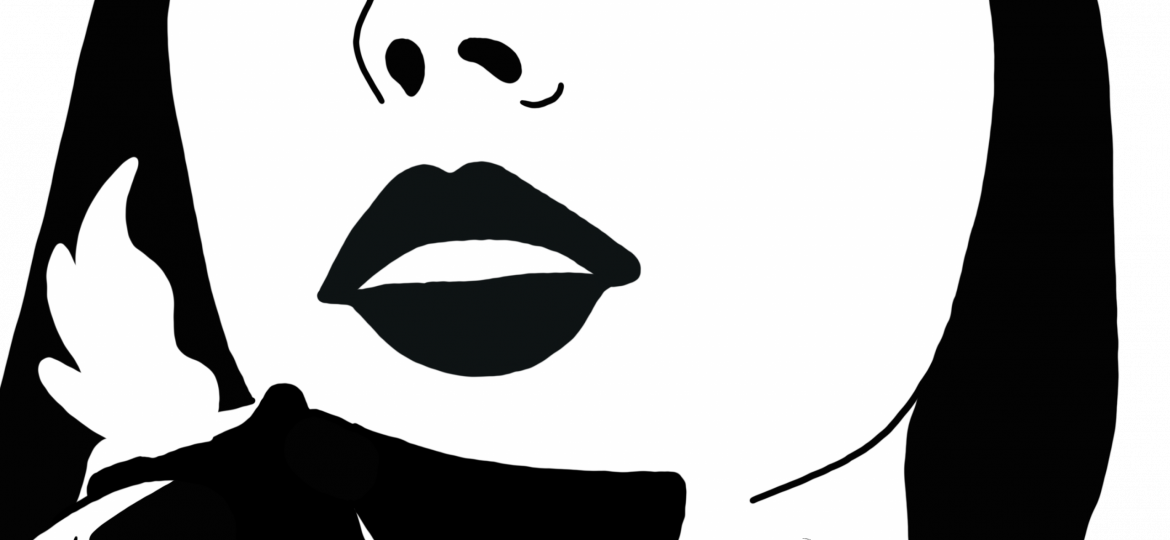
It’s no secret that I’m a Taylor Swift fan, but please don’t call me a “Swiftie” unless you want a fight. I fell in love with her music during the Fearless era. She inspired me to play guitar and write music – things I still do today! So naturally, I was alert and ready for the release of Midnights. After my first listen, I checked Twitter where my euphoria quickly turned sour. Users were putting it under the label of “sad girl music.”
When I open Spotify, I’m often greeted with the “sad girl starter pack” playlist in my recommendations. This bugs me. Although I fit the bill for what the Internet calls a sad girl – queer, listens to indie music, on SSRIs, and so on – I am tired of being one. It isn’t because I don’t like myself. In actuality, I am sick of having every aspect of myself commodified. At first, the joke of the sad girl or the femcel was funny because it came from a place of self-deprecation. In the past few years, however, these jokes festered into near derogatory terms by the internet at large. All of a sudden, girls who like Sally Rooney must be connected to the girls who listen to Fiona Apple. Girls who carry tote bags must be into the same things as the girls who have a minimalist tattoo. Perhaps these girls are not allowed to have any complexities beyond having these pieces of art as personality traits. The concept of the sad girl is no longer a loose aesthetic woven out of an inside joke: it’s a lifestyle and a brand that can be marketed.
There’s nothing wrong with putting a label on yourself. Finding commonalities and forming groups around them is natural. It’s extremely relieving to be seen and understood by artists no matter who or what you identify as. But as personas start being co-opted and commodified, it can feel almost shameful to like things. It’s almost impossible to do so without criticism, especially if you’re a young person on the internet. Mitski, the queen of sad girls, even said in an interview that the sad girl persona was “reductive and tired” a decade ago. She’s right. Manic pixie dream girls haven’t gone away: they’ve simply morphed into sad girls. Haven’t we grown tired of this idea of the unstable yet somehow perfect girl?
So, yes, I am an archetypal sad girl. I love the members of boygenius, I regularly watch Pride and Prejudice (2005), and I can’t refuse an iced matcha with oat milk. Why can’t I like these things independently of one another? Why does every aspect of life have to be micromanaged and labeled? Why are we romanticizing mental health issues in pursuing some mythical persona? While I will likely spend the rest of my life unpacking these questions about things I can’t control, I will put “Bejeweled” in my feel-good playlist – because even sad girls have happy times.
For your listening pleasure, I have constructed a sad girl starter pack in my own sort of postmodern way on Spotify.

